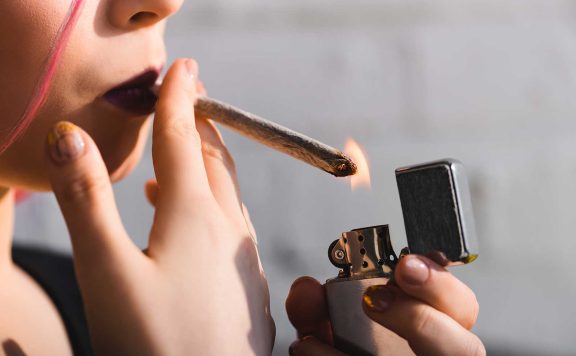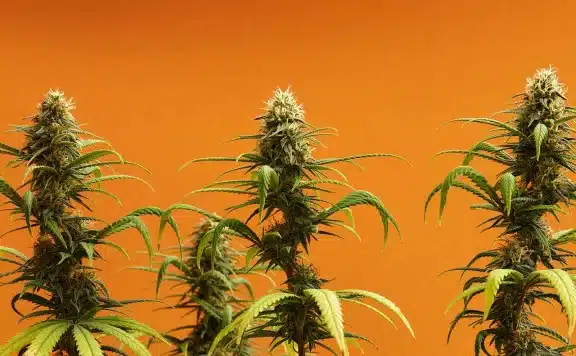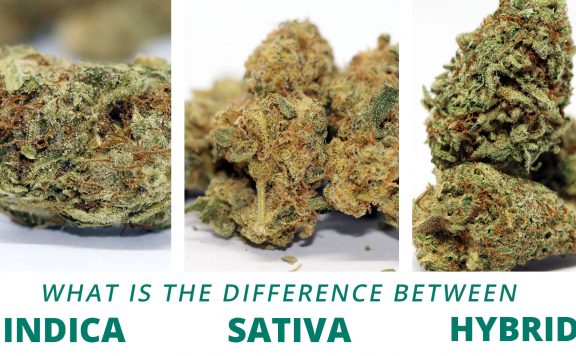How to identify moldy cannabis is a common issue for cannabis growers and consumers alike. Not only does it affect the potency and flavour of the buds, but it can also pose serious health risks when inhaled. Identifying moldy weed is crucial for ensuring the quality and safety of your flower.
In this article, we will explore the signs and symptoms of mold on marijuana, including visual clues and tips for detecting mold before it spreads. We will also discuss the dangers of consuming moldy cannabis and provide guidelines for storing your buds to minimize the risk of mold contamination. Whether you’re a grower or a consumer, this guide will help you identify moldy weed and take the necessary steps to protect yourself and others.
What is mold?
Mold is a type of fungus that grows in damp and humid environments. It is commonly found in a variety of habitats, including homes, gardens, and food. Mold can also grow on cannabis plants, especially in poorly ventilated grow rooms or storage containers with high humidity levels. It thrives on organic matter, such as plant material, and can quickly spread if not detected and addressed in a timely manner. Exposure to mold can cause various health issues, such as respiratory problems, headaches, and allergies, making it important to identify and eliminate moldy cannabis as soon as possible.
It can appear in many different forms and colors, including green, white, black, or brown. Some strains of mold are harmless, while others can produce harmful substances called mycotoxins that can pose a risk to human health
What happens if you smoke moldy cannabis?
Smoking moldy cannabis, including moldy fan leaves and sugar leaves, can be harmful to your health. As mentioned above, it can contain mycotoxins, which are toxic substances produced by certain mold strains. When inhaled, these toxins can cause a range of health problems, including respiratory issues, headaches, and allergic reactions. In severe cases, it can even cause lung infections or other serious health problems. Additionally, consuming moldy fan leaves and sugar leaves, can also impact the potency and flavour of the buds, making it a less enjoyable experience overall.
It is important to inspect your flower, including the cannabis colas for mold before consuming it. If you suspect that your buds, fan leaves, or sugar leaves are moldy, it is best to dispose of them immediately and avoid smoking them to minimize the risk of health problems. If you experience any symptoms of mold exposure, such as respiratory problems, headaches, or allergic reactions, seek medical attention immediately. By taking the necessary precautions and being mindful of the signs of mold, you can ensure that your cannabis, including the fan leaves and sugar leaves, is safe and enjoyable to smoke.

How to check for moldy cannabis
There are several ways to check cannabis for mold, and it is important to inspect before consuming. By taking the necessary precautions and being mindful of the signs of mold, you can ensure that your weed is safe and enjoyable to smoke.
Visual Inspection
When conducting a visual inspection for mold on cannabis, it is important to look closely at the buds and leaves of the plant. Here are some specific signs to look for:
- Spots: Mold can appear as small, discolored spots on the buds or leaves. The color of the spots can range from white, green, black, or brown, depending on the type of mold.
- Powdery Substance: Mold can also appear as a white, powdery substance that covers the surface of the buds or leaves. This substance can be easily rubbed off and may indicate the presence of mold.
- Fuzzy Growth: In some cases, mold can appear as a fuzzy growth on the buds or leaves. This growth may have a white, green, black, or brown color and can feel soft and fuzzy to the touch.
Smell
The smell of bad cannabis is often described as musty, damp, or sour. If you notice a strong, pungent odor coming from your buds, it could be a sign of mold. Here are some specific things to look out for:
- Musty Smell: Moldy cannabis often has a strong, musty odor that is similar to the smell of a damp basement or a moldy piece of bread. This odor can be quite strong and can indicate the presence of mold.
- Damp Smell: If your buds have a damp, humid smell, it could be a sign of mold growth. This odor is often described as being similar to the smell of a damp cloth or paper.
- Sour Smell: In some cases, moldy cannabis may have a sour or rancid smell, similar to spoiled food. If your buds smell off or have a sour odor, it could indicate the presence of mold.
Touch
Moldy cannabis may have a different texture and feel compared to fresh, healthy buds. Here are some specific things to look out for:
- Sliminess: If your buds feel slimy or slippery to the touch, it could be a sign of mold growth. This slime can indicate the presence of mold and can be a warning sign that the buds may not be safe to smoke.
- Dampness: If your buds feel damp or humid to the touch, it could indicate that they are harboring mold. Damp buds are more susceptible to mold growth and can pose a health risk if consumed.
- Sticking Together: If your buds are sticking together and clumping in a way that they did not before, it could be a sign of mold growth. Mold can cause the buds to become moist and sticky, leading to clumping.
How to keep your cannabis mold-free
Here are some steps you can take to keep your cannabis mold-free:
- Store Properly: Store your cannabis in a dry, cool place with a relative humidity (RH) of around 59-63%. This will help prevent mold growth and keep your buds fresh.
- Avoid Moisture: Avoid exposing your cannabis to moisture, as it can create an environment for mold to grow. This can be done by sealing your buds in airtight containers, avoiding humidity, and keeping your storage area dry.
- Proper Curing: Properly cure your buds after harvesting to ensure that all moisture has been removed. This will reduce the risk of mold growth and help maintain the quality and potency of your cannabis.
- Regular Inspection: Regularly inspect your buds for signs of mold, including visual signs, smell of the cannabis, and touch. If you find any signs of mold, it is best to dispose of the buds immediately.
- Use Humidity Packs: To help keep your buds dry and prevent mold growth, consider using humidity packs like those from Boveda. These will help keep your cannabis from drying out.
References and additional reading
- “The Mold Report: How to Identify and Prevent Mold in Your Cannabis Grow Operation” by Dr. K. Morris, O’Shaughnessy’s (2017)
- “Prevention and Management of Mold in the Cultivation of Medical Cannabis” by J. L. Chen, Journal of Medical Toxicology (2015)
- “Mold and Mycotoxins in Medical Cannabis: A Review” by D. V. Dorman, Medical Mycology (2019)
- “Mycotoxins in Medical Marijuana: Implications for Public Health” by M. A. Klich, Medical Mycology (2003)
- “Evaluation of Fungal Contamination in Medical Cannabis” by J. E. Newmeyer et al., Journal of Medical Toxicology (2017)
These references provide in-depth information and research on the topic of mold in cannabis, including methods for detection, prevention, and management. They are valuable resources for those looking to learn more about this important aspect of cannabis cultivation and use.








